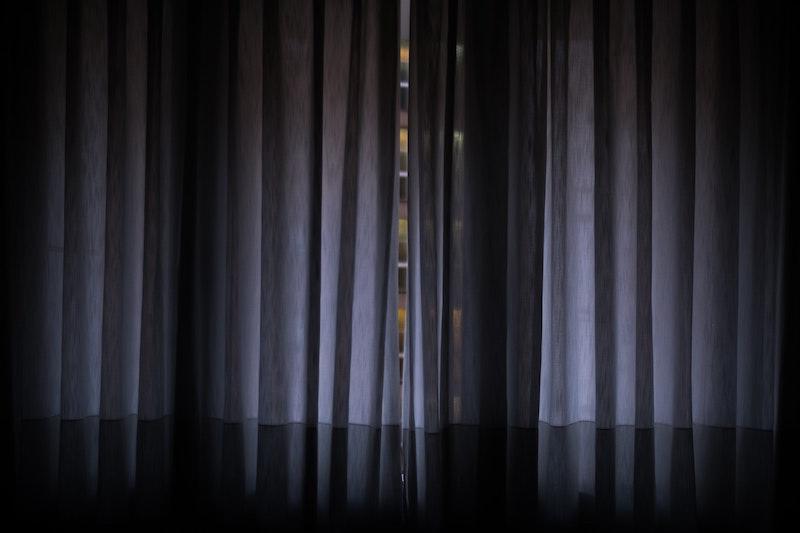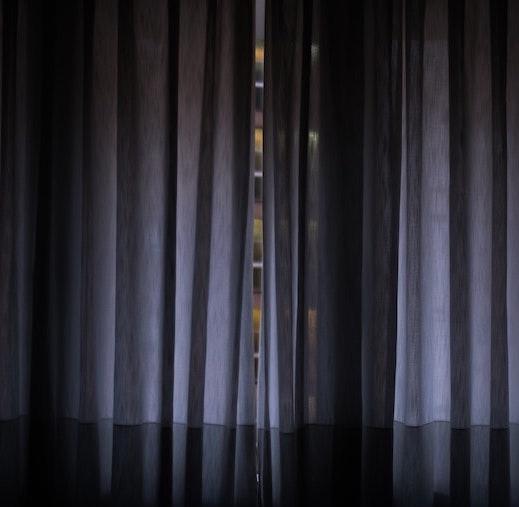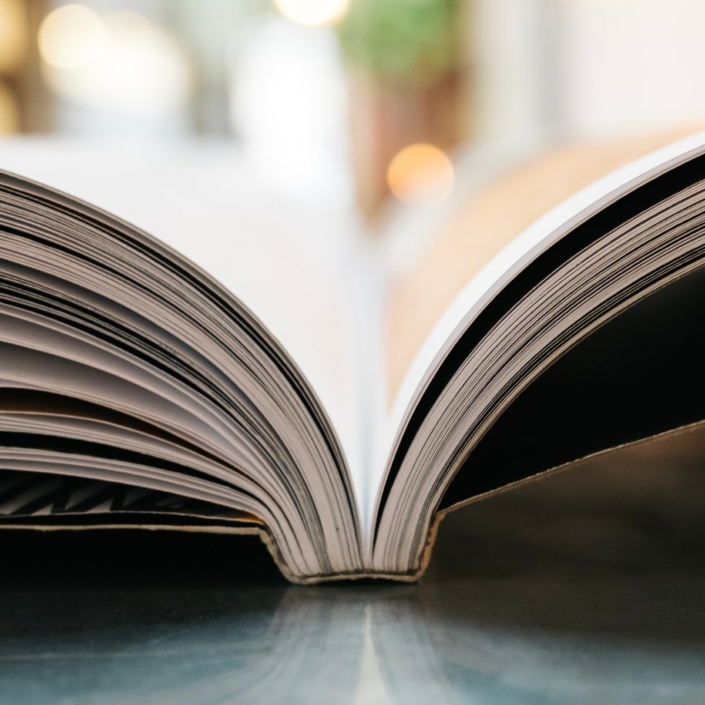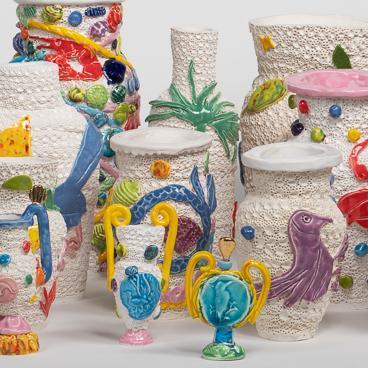Lifecycle of a Collector: Pound of Flesh
So, finally you’ve earned the status of established collector and you’re invited to an artist’s studio. But the studio visit can be fraught.
Words: Ingrid Periz
Collectors like studio visits. They are often a sign of special status, an occasion for close conversation with the artist, a glimpse of the working process, a brief dip into the well- springs of creativity along with the possibility of seeing – and getting first dibs on – new work. These might all be reasons artists some- times dread them.
In her 2021 study Bound by Creativity: How Contemporary Art is Created and Judged, sociologist Hannah Wohl argues that at a time when there is no such thing as talent or taste in art, what collectors buy when they buy a work of art is essentially an artist’s identity. We might dispute her claim about talent and taste but her formulation that in purchasing discrete and disparate objects collectors are in the game of buying artists’ “creative visions” seems sound. Collectors buy the artist’s unique perspective, a quality somehow bound up in the artist’s identity as much as in the work that gets made. Having acquired the work – those things in the world that objectify this creative vision – some collectors want more. They want to share that unique perspective by seeing its theatre of operations, the artist’s studio.
This can be a fraught situation. Artists don’t necessarily want collectors in their studio and they don’t always want to have to explain their work or processes, however much they might have rehearsed this in art school critiques. Not every artist is congenial; some are positively rude. The studio can be the home of failure, of false starts and work left unresolved. Even artists who are poor judges of their own work grasp this and it’s a tremendous disincentive to welcoming strangers who know only the successful works. Dealers, who benefit from sales that may result from a studio visit, have a clear role here, easing the way for both artists and collectors as well as controlling access.
In the annals of collecting two stories indicate the importance of the studio visit, and the desire of artists to shake its burden. Don and Mera Rubell, whose Rubell Family Collection/ Contemporary Art Foundation opened in Miami in 1995, began their collection of some 7,000 works with a purchase made from a studio visit in 1965. Today they rarely buy work from artists whose studios they haven’t first visited. Decades before in New York, Modernist patrons Walter and Louise Arensberg rented Marcel Duchamp a studio with an eye to access to his newest work. He returned the favour by letting artist Beatrice Wood use the studio instead.
Not every studio visit is brokered by a dealer. Sometimes artists need cash in a hurry, for habits, or lawyers or, when their creative vision burns strongest, for work that demands to be made. Selling work to collectors off the books, before it enters gallery stock lists, can raise ready cash but needless to say this is not good for galleries and longterm it can work to depress an artist’s prices. Proving provenance is more difficult in these kind of sales. This may not dissuade some collectors who need a pound of flesh along with their aesthetic objects, nothing less than some special relationship with the creative soul. Artists have been known to encourage this if they need the cash, however what begins as a mutually needy relationship is usually only mutually beneficial in the short term.
Covid lockdowns shuttered studio visits worldwide but the visits didn’t stop so much as change form, shifting from analog to digital opening them up to a much wider audience than the collecting class. The Los Angeles Museum of Contemporary Art offered virtual studio visits with director Klaus Biesenbach, for instance, and numerous commercial galleries hosted online artist’s talks from inside their studio space.
These lacked the exclusivity of the collector visit but they kept artists and their work visible. Virtual studio visits haven’t disappeared as life returns post-Covid but they won’t replace the analog experience. Indeed, given Wohl’s thesis that the art world manufactures distinctions in the absence of any real judgement or authority, the collector’s studio visit – a restricted event taking place in real time and space – will only become more desirable.
Perhaps studio visits have less to do with buying a particular “creative vision” than accessing a certain kind of experience. Critic Jed Perl’s recent defense of the arts in the face of demands for social relevance, Authority and Freedom, 2022, calls this experience “besottedness,” an intense, imperishable encounter with art. Perl reminds the reader that creative vocations aren’t jobs, they’re callings driven by an “inner necessity.” He writes, “Nothing matters to the artist…except the perfect object. And because so many desire that object, it turns out it’s the prince who depends on the artist, not the other way around.” Whether in pursuit of creative visions or chasing besotted- ness, collectors might take heed.
Have a question about collecting practices? Send it to feedback@artcollector.net.au.
This article was originally published in Art Collector issue 101, July to September 2022.
Image courtesy: Unsplash.







